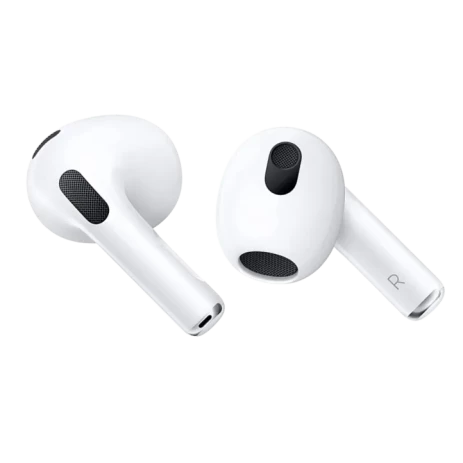Ingress Protection (Ip) Rating
Ingress protection ratings is the level of protection offered by a casing, against solids and water. The letters 'IP' are followed by two values The first value of the IP rating refers to protection against solids say dust, while the second refers to resistance against liquids (sweat).
Having a value of IP55, the Jabra Elite 5's rating is read as, the first number of 5 denotes that ingress of dust is not totally prevented but dust does not enter in harmful quantities to interfere with the correct operation or impair safety, and the second number of 5 means that they can withstand medium pressure jet that's 6.3mm diameter, similar to garden hose from any angle for 3 minutes at a distance of 2.5 to 3 metres.
Weight
Jabra Elite 5 have a weight of 10g . We prefer a lower weight best for the reason that lighter devices are more comfortable to move with.
Has No Wires Or Cables
For a device to be true wireless it must have no cables linking any part of the device together, Jabra Elite 5 are true wireless for this matter since they don't have cables. This is a major difference since wireless earbuds have wires linking the two earbuds together.
Sweat Resistance
Jabra Elite 5 are resistant to sweat
Has Stereo Speakers
Jabra Elite 5 have stereo speakers, devices with stereo speakers deliver sound from separate channels on both left and right sides, this creates a richer sound and a better listening experience.
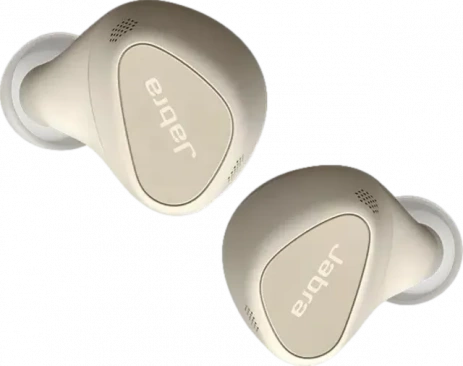
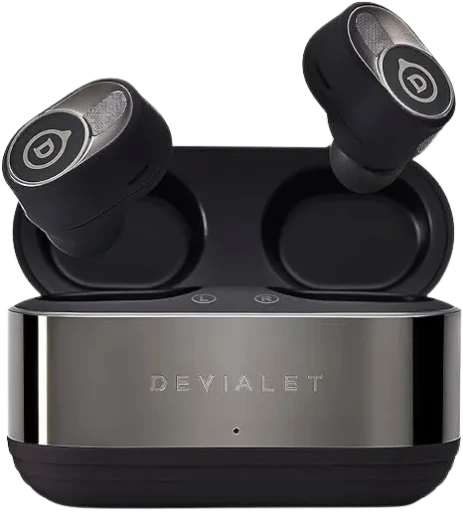 Devialet Gemini 2 Vs. Jabra Elite 5 Review
Devialet Gemini 2 Vs. Jabra Elite 5 Review
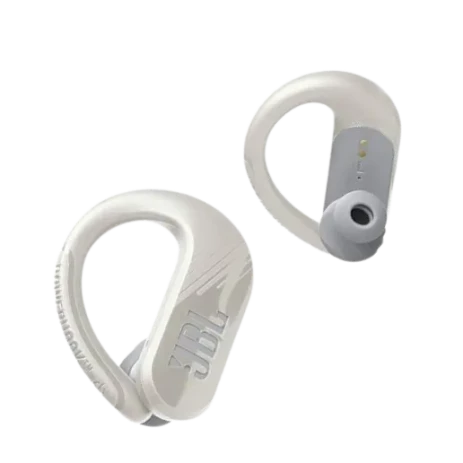 Jbl Endurance Peak 3 Vs. Jabra Elite 5 Review
Jbl Endurance Peak 3 Vs. Jabra Elite 5 Review
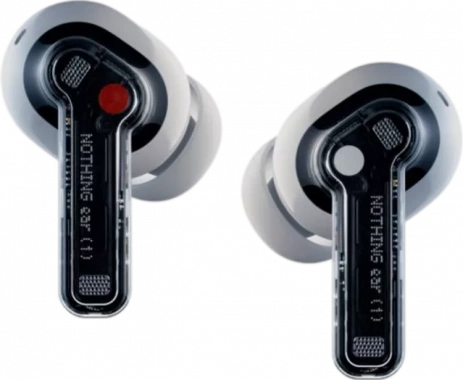
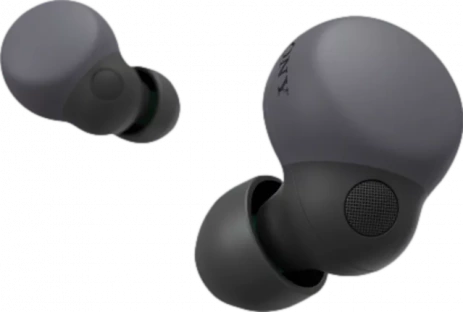
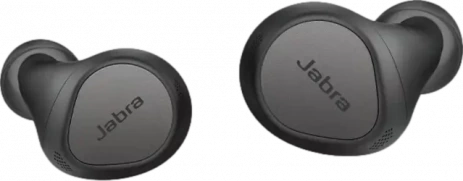
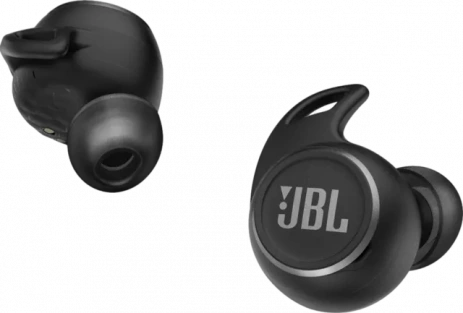
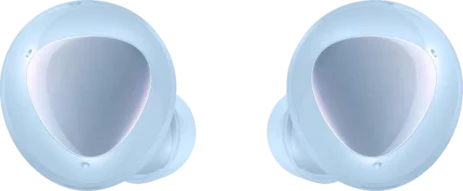
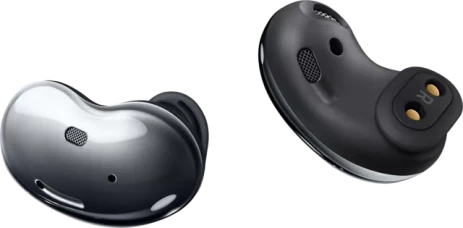
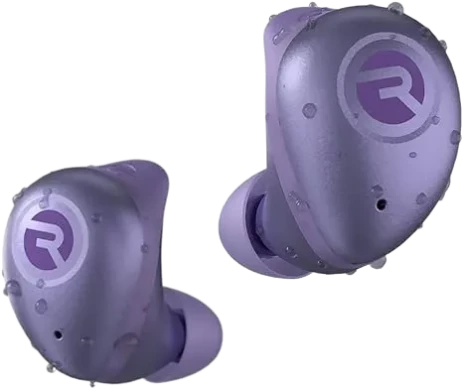
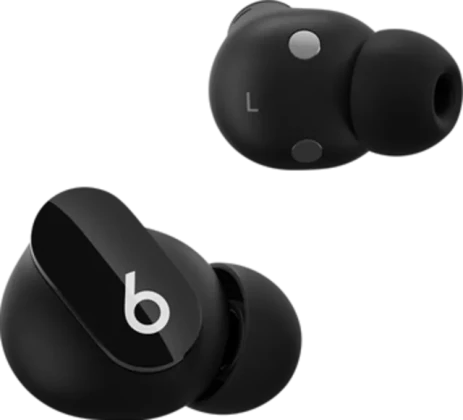
_1671835316.webp)
